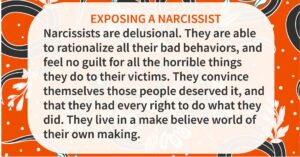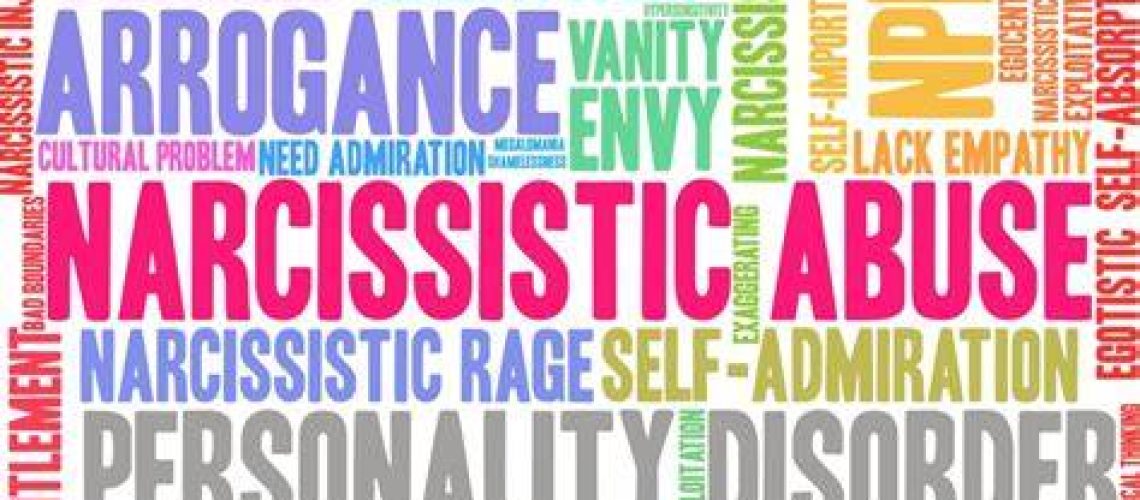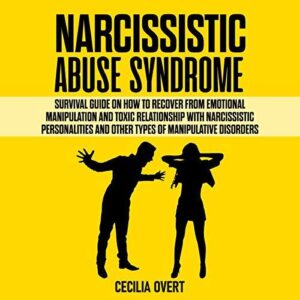 Surviving a toxic and narcissistic relationship is an arduous journey that requires strength, resilience, and a commitment to one’s well-being. Understanding the dynamics of toxic behavior and narcissistic personality disorder (NPD) is crucial for those who have endured years of marital abuse and lived with a toxic and narcissistic life partner.
Surviving a toxic and narcissistic relationship is an arduous journey that requires strength, resilience, and a commitment to one’s well-being. Understanding the dynamics of toxic behavior and narcissistic personality disorder (NPD) is crucial for those who have endured years of marital abuse and lived with a toxic and narcissistic life partner.
DEFINING TOXICITY AND NARCISSISTIC PERSONALITY DISORDER: 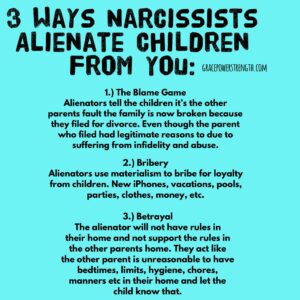
Toxicity in a relationship refers to patterns of behavior that are harmful, manipulative, and emotionally draining. Narcissistic Personality Disorder is a mental health condition characterized by a pervasive pattern of grandiosity, an excessive need for admiration, and a lack of empathy for others. While not everyone with toxic traits has NPD, the two often overlap, creating a destructive combination.
 IMPACT ON YEARS OF MARITAL ABUSE:
IMPACT ON YEARS OF MARITAL ABUSE:
Living with a toxic and narcissistic partner can lead to years of emotional, psychological, and sometimes physical abuse. Victims often endure constant criticism, manipulation, gaslighting, and a distorted sense of reality imposed by the narcissist. This sustained trauma can result in anxiety, depression, low self-esteem, and a pervasive feeling of helplessness.
 STEPS TO TAKE AFTER LEAVING:
STEPS TO TAKE AFTER LEAVING:
- Establish Boundaries: Cut off all contact with the toxic partner to begin the healing process. Establish clear boundaries to protect yourself emotionally and physically.
 Seek Support: Reach out to friends, family, or support groups to share your experiences. Surrounding yourself with understanding and empathetic individuals can be crucial in rebuilding a support system.
Seek Support: Reach out to friends, family, or support groups to share your experiences. Surrounding yourself with understanding and empathetic individuals can be crucial in rebuilding a support system.- Professional Help: Consider therapy to work through the trauma and gain tools for coping with the aftermath. Therapists can provide insights into the dynamics of toxic relationships and guide survivors toward healing.
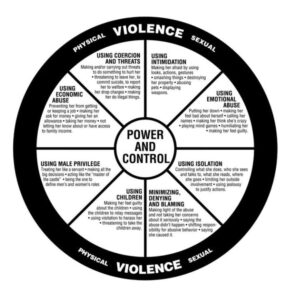 Self-Care: Prioritize self-care to rebuild your physical and emotional well-being. This may include exercise, mindfulness practices, and engaging in activities that bring joy.
Self-Care: Prioritize self-care to rebuild your physical and emotional well-being. This may include exercise, mindfulness practices, and engaging in activities that bring joy.
HEALING PROCESS: The healing process from a toxic and narcissistic relationship is gradual and unique to each individual. It involves acknowledging the trauma, 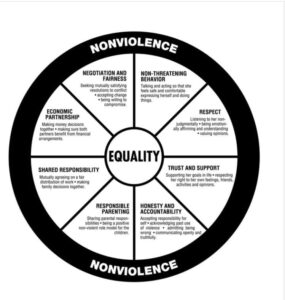 accepting the reality of the past, and developing self-compassion. Here are the key elements:
accepting the reality of the past, and developing self-compassion. Here are the key elements:
- Self-Reflection: Understand the patterns that led to the toxic relationship and work towards breaking those patterns in future relationships.
- Rebuilding Identity: Rediscover your identity outside the toxic dynamic. Reconnect with
 interests, passions, and goals that may have been suppressed.
interests, passions, and goals that may have been suppressed. - Forgiveness: While not forgetting the pain, forgiving your ex-partner is a powerful step towards releasing the emotional burden and moving forward.
ADVICE FOR NARCISSISTIC AND TOXIC SURVIVORS:
- Patience: Healing takes time, so be patient with yourself. Progress may be slow, but every step forward is a victory.
- Educate Yourself: Learn about toxic relationships and NPD to gain insight into your experience. Knowledge is empowering.
- Set Realistic Expectations: Recovery is not linear. There will be setbacks, but each setback is an opportunity for growth.
- Build a Support Network: Surround yourself with people who uplift and understand you. Healthy relationships are crucial for recovery.
CONCLUSION: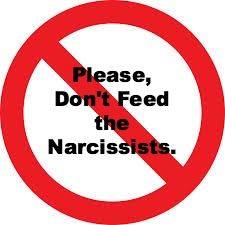
Surviving a toxic and narcissistic relationship is a testament to strength and resilience. The journey to healing involves self-discovery, support, and a commitment to rebuilding one’s life. By taking proactive steps, survivors can emerge from the shadows and reclaim their light.
